Various animals and species have been capturing the imagination of Humans since the beginning of the civilization due to their majestic powers. Myhtology and history of Human beings usually referred to various animals as the kings. The limitation on geographical and biological knowledge caused various civilizations to accept different animals as the King.
We have compiled a list of animals that can be considered as the most powerful in various nature kingdoms. There can’t be an absolute definition to the crown in Natural world, so the list is open for debate!
King of the Animal Kingdom on Land – The Lion has been considered as the King of the animals by most of the civilizations for it’s Majestic look, strength and top predatory nature. But unfortunately once well spread across the globe, the King is currently confined to only African Savannah and India. The Lion can grow beyond 300 kg in weight and 9 feet in length(excluding tail). The mane of the male Lion gives it a royal look making it the King of all the animals. Lion takes the top position in the predator list and no other animal keeps the strength to kill a full grown Lion.
Though Lion is the King of animals, it lives only in Savannah, there is another distant relative of it who rules the dense Jungles of Earth. Yes, it is the biggest of all big cats, Tiger. With black stripes on rusty reddish or brown coat and the white fringes around it’s face make the Tiger attractive and very much different from others. A large tiger may weigh more than 350 kg and more than 12 feet in length (excluding tail). Tiger is the most powerful and intelligent hunter in the jungle and is unbeatable.
The King of the sky is the giant Eagles in various part in the world. The Philippine Eagle in South-East Asia, Steller’s Sea Eagle in the coastal region of Asia, The Wedged-tailed Eagle in Australia, Martial Eagle in Africa and Harpy Eagle in America are rulers of the sky in their respective regions. They are expert hunters and the most powerful as no other species can beat them in the sky. The Steller’s Sea Eagle which the heaviest among them can grow beyond 9 kgs in weight. These eagles have body lengths of more than 1 meter and can have wingspan of 3 meter (Wedged-tailed and Martial).
The King of the Oceans is Killer Whale or Orca. Though blue whale is the largest animal in the Oceans and White Shark is the largest and sharpest predatory fish, Killer Whale is known to even kill both of them. This mammal is gigantic in size and is equally intelligent and powerful hunter. They are known to hunt seals, sea lions, dolphins and at times large blue and grey whale and also giant white shark. There is no species in the sea water that kill this King.
And at last the King of the whole planet Earth, whether it’s land or water or sky, is Homo Sapien or Human due to their intelligence. No other species can even close human. They are a keepers of the planet and have the responsibility to save all other species.




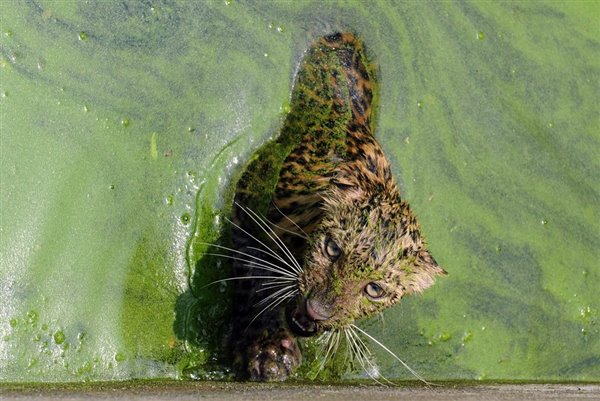

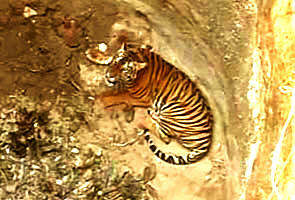

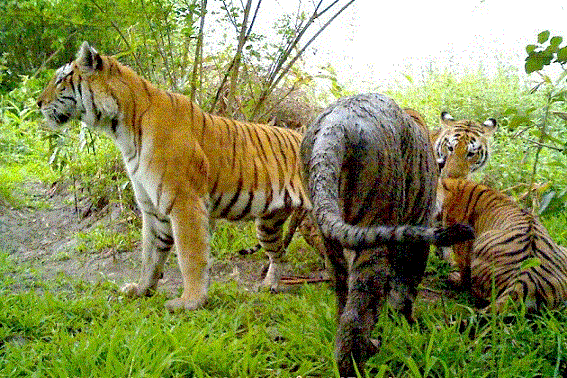

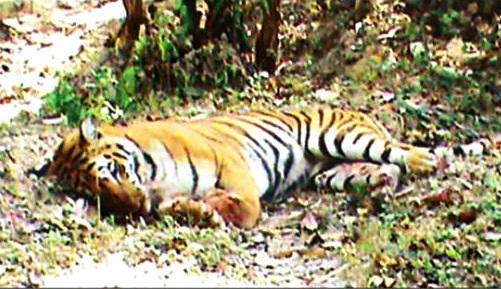




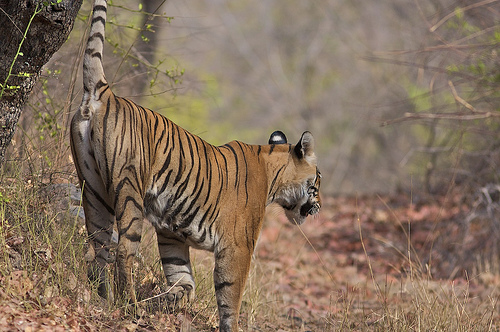
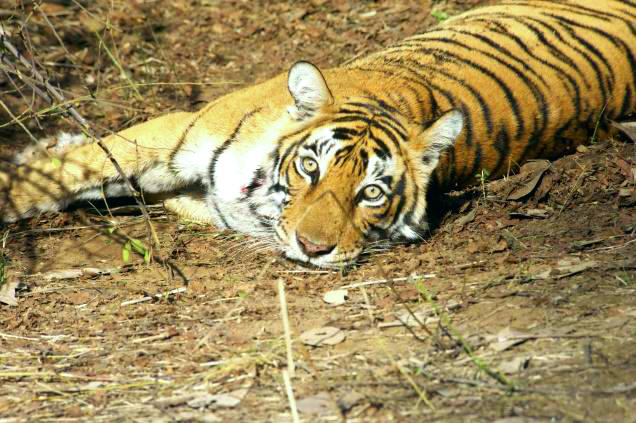
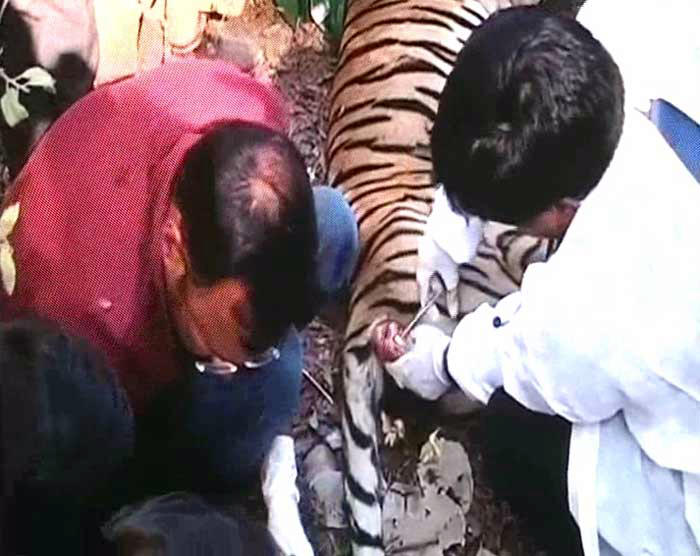
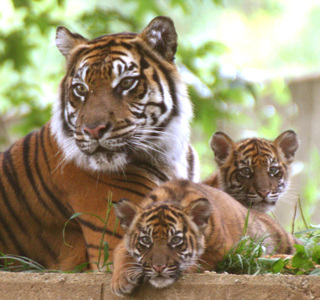



Recent Comments